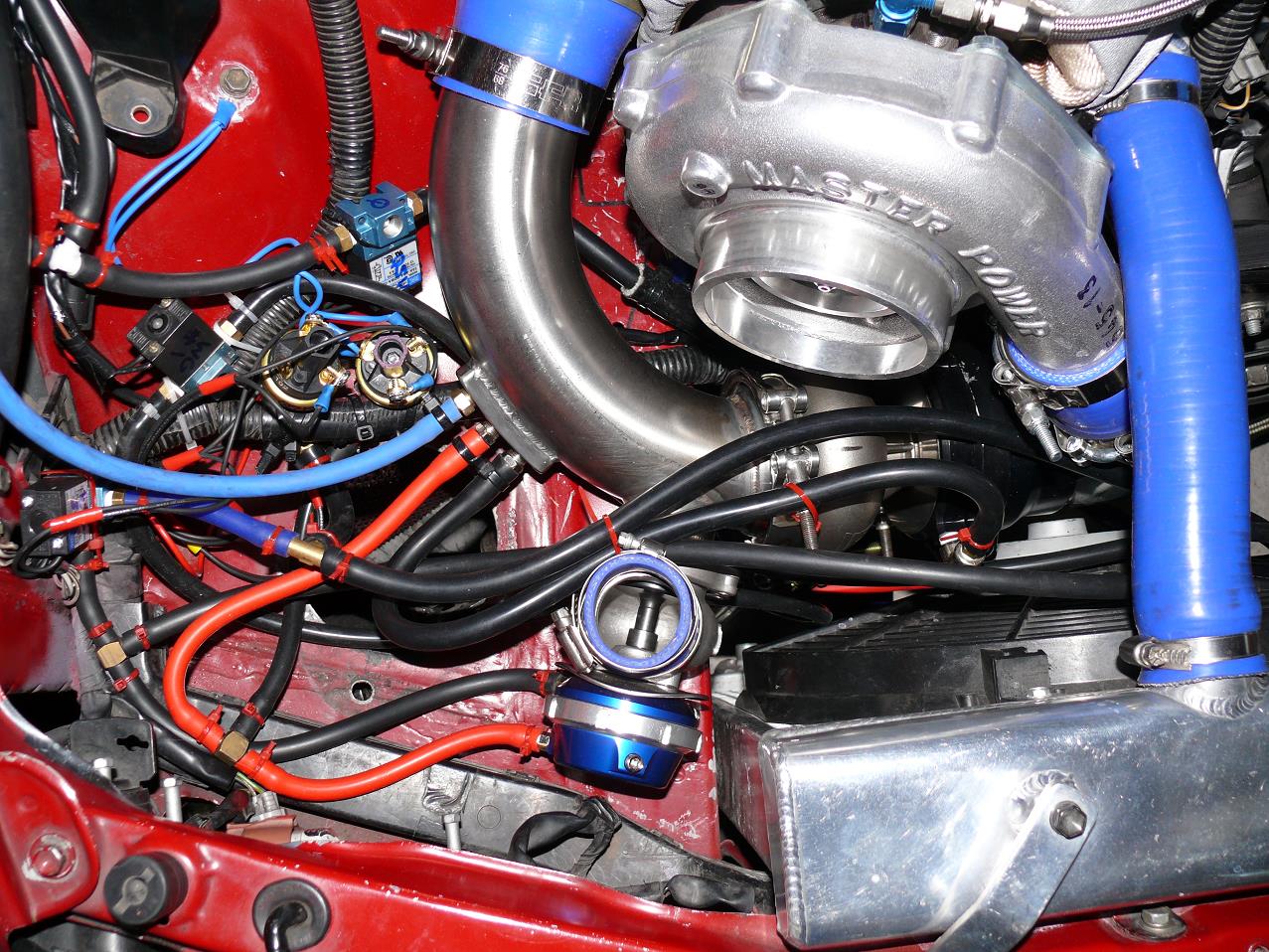


However, keep in mind that there are modern solutions that help a single turbocharger or a parallel twin-turbo engine achieve the same improvements as a sequential system. Learn to print sequential numbers and bar codes on labels.Online video training for DYMO LabelWriter 450 Twin Turbo. On the other hand, the sequential setup is purpose-built for smoothening the power output, improving throttle response, and reducing turbo lag. 6 7 Sequential turbocharging can also be used with more than two turbochargers, such as in the 2012-2017 BMW N57S straight-six diesel engine, which uses three sequential turbos. They prove to be superior for modifications and have better tuning capability. The first production car to use sequential turbocharging was the 1986-1988 Porsche 959, which used sequential twin-turbos on its flat-six engine. So, we can conclude that parallel twin-turbo setups are commonly better in the sense of simplicity, affordability, and reliability. Some engines featuring this type of twin-turbochargers include Nissan GT-R’s VR38DETT and Ferrari 488’s F154. The system has one small turbocharger for the low-engine-speed range, and an additional turbocharger which operates with it in the high engine speed range. In contrast, a standard parallel setup in which turbochargers are on the outside is simple, more reliable, and more popular among car owners who like modifying their engines. The recent Hot Inside V turbo design, known for its usage in the Mercedes AMG GT, presents certain advantages, such as better heat distribution and shorter piping, which results in less turbo lag.


 0 kommentar(er)
0 kommentar(er)
